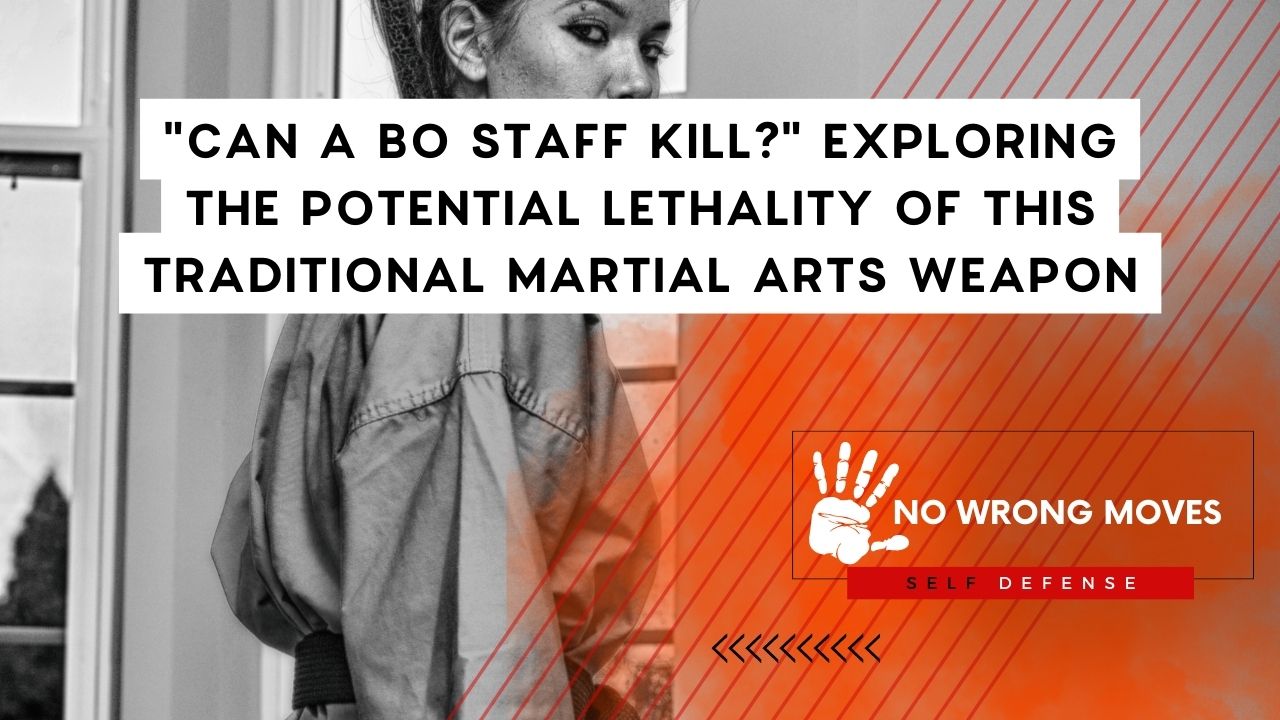
- Understanding the Bo Staff as a Traditional Martial Arts Weapon
- The Deadly Potential of a Bo Staff: Can It Really Kill?
- Historical Use and Significance of Bo Staffs in Martial Arts
- Anatomy of a Bo Staff: Length, Material, and Key Design Features
- Impact Force and Damage Capability Generated by a Bo Staff
- Essential Bo Staff Techniques for Self-Defense and Combat Situations
- Comparing the Bo Staff to Other Martial Arts Weapons: Analyzing their Effectiveness and Lethality
- The Wrap-Up
As I sat in my favorite martial arts class, eyes glued to my instructor's swift movements while they effortlessly wielded a bo staff, I couldn't help but marvel at the deadly potential of such a seemingly harmless-looking weapon.
You might also be wondering--can a bo staff kill? And if so, what does that mean for those who practice with it on a regular basis?
In today's blog post, we're diving into the captivating world of one of the most underrated martial arts weapons: the bo staff.
From its early origins as a practical tool for farmers to its current position in popular culture and self defense community, we'll explore how this weapon has evolved over time and unearth some surprising answers to questions you never knew you had!
Along the way, we'll examine training techniques, safety precautions, and even some fascinating tales behind the art form.
Understanding the Bo Staff as a Traditional Martial Arts Weapon
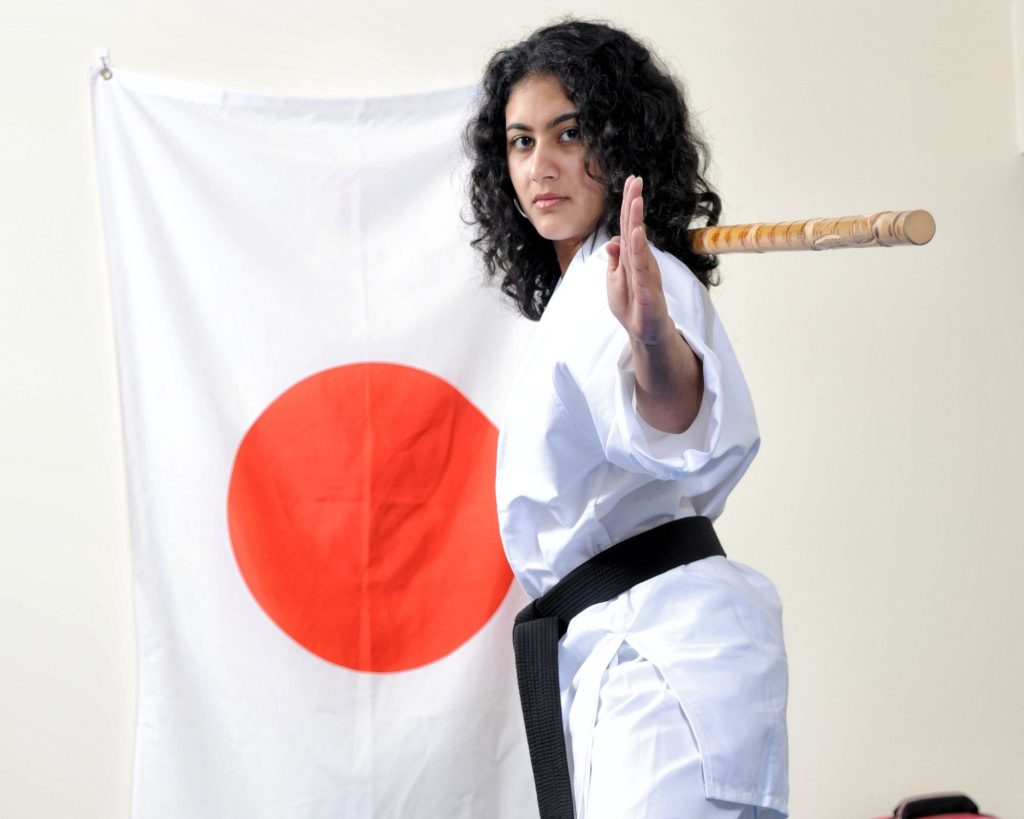
The bo staff is a traditional martial arts weapon that dates back centuries, originating in ancient civilizations such as China, Japan, and India.
Utilized primarily in self-defense and combat tactics, the bo staff was also an essential tool for peasants who could not afford more expensive weaponry like swords or spears.
These straight wooden staves are usually between 5 and 6 feet long and between 1 and 2 inches thick, making them suitable for both men and women to wield with ease.
Practitioners of martial arts such as karate or kung fu often incorporate the bo staff into their training regimen to improve their strength, flexibility, coordination, and overall fighting skills.
The public fascination with this seemingly simple weapon has only grown over time thanks to popular culture's portrayal of it through various movies (e.g., Teenage Mutant Ninja Turtles), TV shows (e.g., Arrow), and comic books.
Despite its humble origins as an agricultural tool used primarily for fending off wildlife or bandits, modern-day martial artists have transformed the bo staff into a versatile weapon capable of producing lethal force when wielded by a skilled practitioner.
This begs the question: can a bo staff kill? Let's delve deeper into its deadly potential.
The Deadly Potential of a Bo Staff: Can It Really Kill?
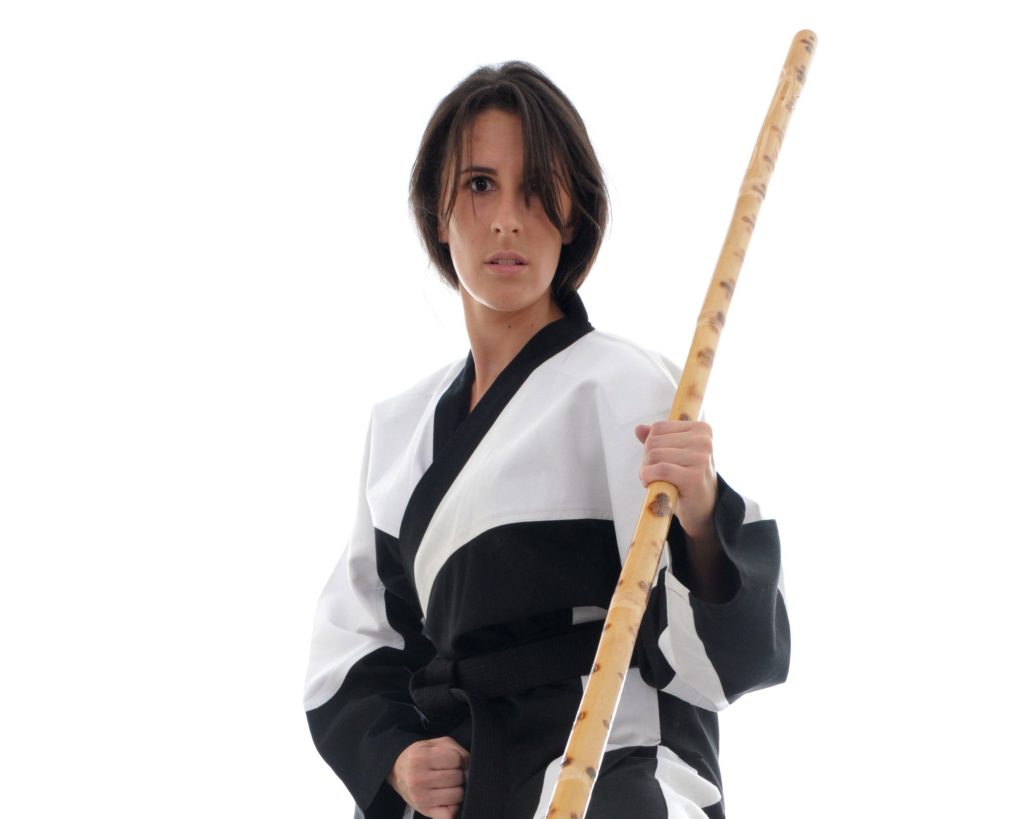
As mentioned earlier, can a bo staff kill is not an unjustified question given its historical use in combat situations.
The bo staff is undoubtedly capable of causing severe bodily harm when wielded with sufficient force by someone proficient in its use.
Targeting vital parts of an opponent's body—such as the head, neck, or chest—can result in life-threatening injuries that may ultimately prove fatal.
But still, one must remember that lethal force is almost always a byproduct of the user's intent and proficiency, rather than the weapon itself. A bo staff in the hands of a novice may not produce anything more than minor bruises or superficial injuries.
On the other hand, an experienced martial artist can leverage their knowledge of anatomy, physics, and martial arts techniques to generate enough force with their bo staff to incapacitate or even kill an assailant.
The potential lethality of a bo staff is also heavily influenced by its construction and design. Bo staffs are designed explicitly for combat engagements, built using stronger and heavier wood materials compared to other wooden sticks or poles (e.g., billiard cue).
These materials ensure greater impact force upon striking an opponent - further increasing its killing potential in the right hands.
Historical Use and Significance of Bo Staffs in Martial Arts
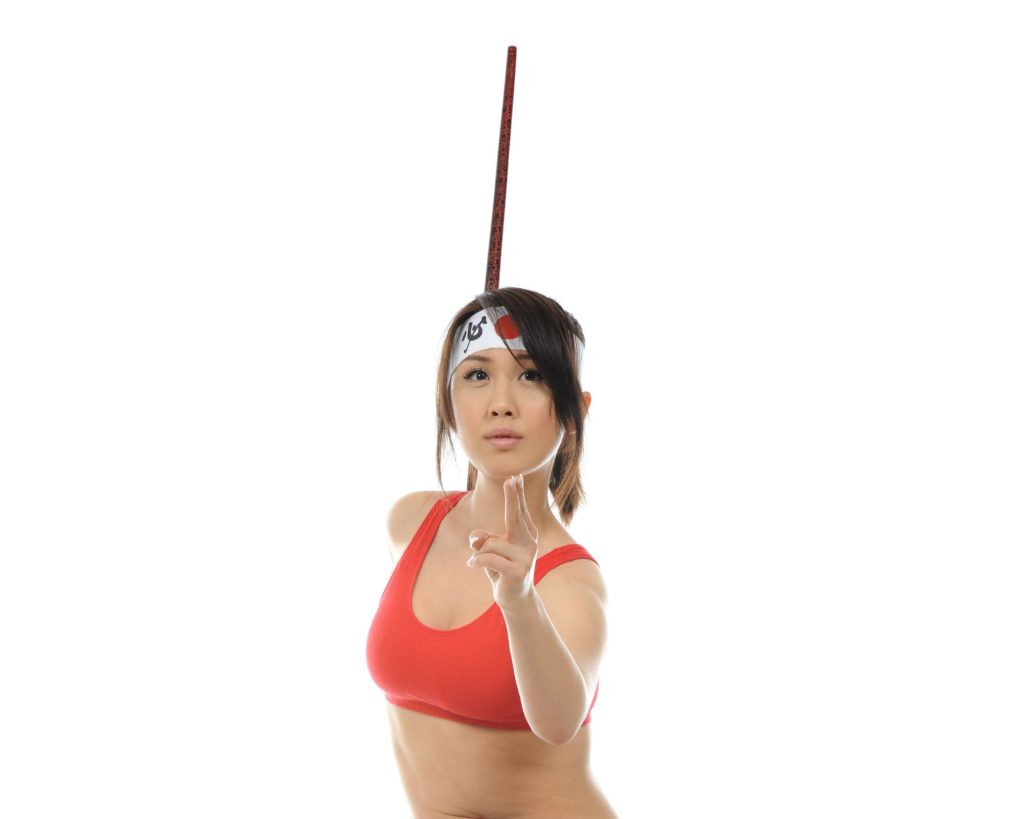
Bo staffs have been integral components of various traditional Asian martial arts schools for centuries, often serving as fundamental weapons for training beginners before they progress onto more complex weapons like swords or nunchaku.
Kung fu styles such as Shaolin Temple Boxing emphasize long-range strikes with sweeping movements that flow seamlessly into one another.
On the other side spectrum lies karate, where hard-hitting power moves take center stage--reflecting Okinawan peasants' need for effective self-defense techniques against bandits during tumultuous times.
This historical context explains why different Asian cultures developed unique fighting styles centered around this seemingly rudimentary weapon.
For example, while Chinese Wushu practitioners would incorporate acrobatic jumps and spins to perform flashy displays during performances showcasing their agility and skill; Japanese Kobudo fighters would adopt down-to-earth stances prioritizing balance stability.
This gives them a solid foundation from which launch powerful counterattacks against incoming adversaries swiftly decisively.
The cultural significance of bo staffs across Asia transcends martial arts, as they have also been featured in religious and mythological contexts.
In Hinduism, the god Shiva is often depicted wielding a "trident" weapon similar to a bo staff, symbolizing his role as the destroyer of ignorance and evil.
Anatomy of a Bo Staff: Length, Material, and Key Design Features
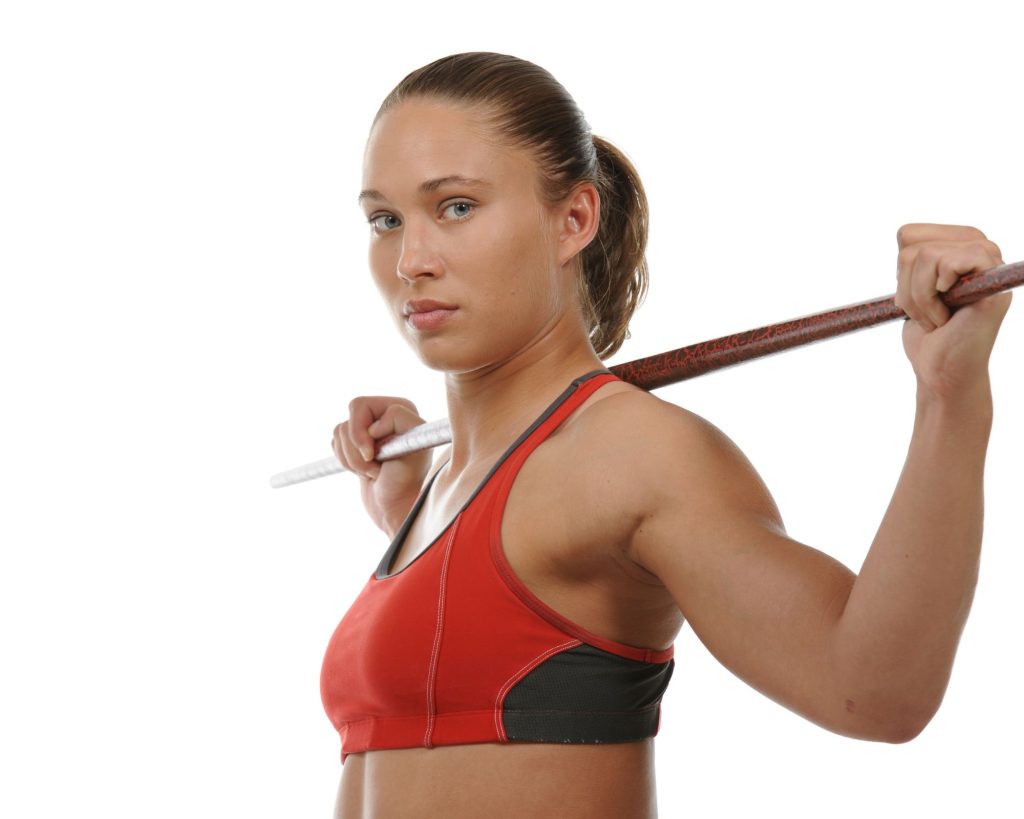
Though seemingly simple in design—essentially a straight wooden stick—the bo staff's effectiveness as a weapon lies in its key physical characteristics.
As previously mentioned, bo staffs are usually between 5 and 6 feet long, allowing for flexibility in utilizing various combat tactics such as close-quarter strikes, long-range pokes, or even defensive maneuvers like parrying an opponent's attack.
When it comes to material choice for bo staffs, traditional options include hardwood species such as oak or hickory known for their strength durability.
These woods may be heavy to handle but provide increased impact force upon striking an adversary compared lighter alternatives like rattan bamboo--important factor when considering whether not can kill effectively.
Some modern variants feature additional features that enhance grip or versatility even further. For example, metal fittings might be added at either end of the staff to increase its overall weight improve balance.
This added heft can contribute towards generating more powerful blows, which will lead to potentially devastating consequences for an attacker.
Impact Force and Damage Capability Generated by a Bo Staff
When it comes to self-defense, the question of whether a bo staff can kill someone is a valid concern.
One key factor in determining this is the impact force generated upon striking an opponent. There is a direct correlation between the severity of injury inflicted on the assailant and the amount of energy transmitted through the target area upon impact.
Thanks to the solid construction and dense wood materials used in bo staffs, they are capable of delivering sufficient damage to break bones and cause severe internal injuries when properly utilized by a skilled martial artist with the intent of a lethal outcome.
Calculating the exact amount of force possible depends on several factors, including the wielder's strength, speed, and motion.
But a general rule of thumb suggests that the longer the staff, the more leverage it produces, resulting in greater results when attacking vital areas such as the head, neck, and chest. This increase in force exponentially raises the likelihood of a fatality.
It is important to note that while a bo staff cannot guarantee an instant death in every scenario (many self-defense laws require proving proportionate force needed to overcome the threat), its wounding potential is undoubtedly high given the proper training and mindset involved.
Overall, a bo staff can be a formidable weapon in the hands of a skilled martial artist, capable of causing significant damage and potential fatality to an attacker.
But still, it is crucial to receive proper training and follow the laws and regulations surrounding self-defense to avoid any legal repercussions.
Essential Bo Staff Techniques for Self-Defense and Combat Situations
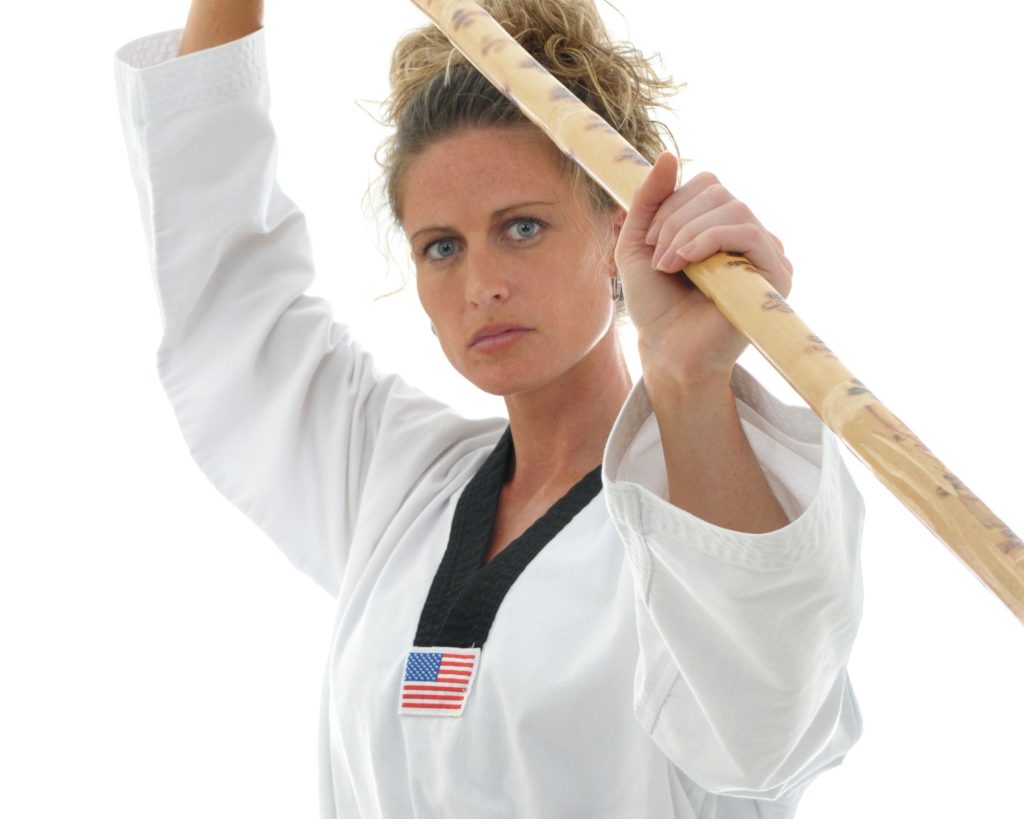
Learning to properly use a bo staff for self-defense or combat situations requires extensive practice and dedication. Martial artists must develop mastery over a variety of techniques that can be employed depending on the context and desired outcome.
As a practitioner of the bo staff, I have learned that there are several key tactics one must master in order to effectively wield this weapon for self-defense.
One important tactic is to use long-range thrusts, which are designed to maintain distance between oneself and an attacker. This is especially important when facing multiple attackers, as it allows the practitioner to keep them at bay while maintaining control of the situation.
Another tactic is to use short-range strikes, targeting vulnerable areas such as the head and neck, which can potentially incapacitate an opponent quickly. These strikes are especially useful when one is facing a single attacker who is trying to close the distance and get in close.
In addition to these tactics, sweeping motions can be used to trip adversaries, creating openings for further attacks. This technique can be especially useful when facing larger opponents, as it allows the practitioner to take them off-balance and gain the upper hand.
Of course, to effectively use the bo staff for self-defense, one must also have good awareness of their surroundings and remain agile and capable of evading incoming attacks while seeking advantageous positions to launch counter-strikes.
This requires a great deal of training, including learning how to block and parry weapon-to-weapon engagements, as well as mastering footwork and agility drills to ensure that no opportunity is wasted during face-offs with an aggressor.
At the end of it all, what sets an effective bo staff practitioner apart is their ability to remain calm and collected under pressure, able to assess a situation and then strategize accordingly, whether the goal is merely to fend off an assailant, inflict lethal damage, or stop a threat dead in its tracks.
With the right training and mindset, the bo staff can be a highly effective tool for self-defense.
Comparing the Bo Staff to Other Martial Arts Weapons: Analyzing their Effectiveness and Lethality
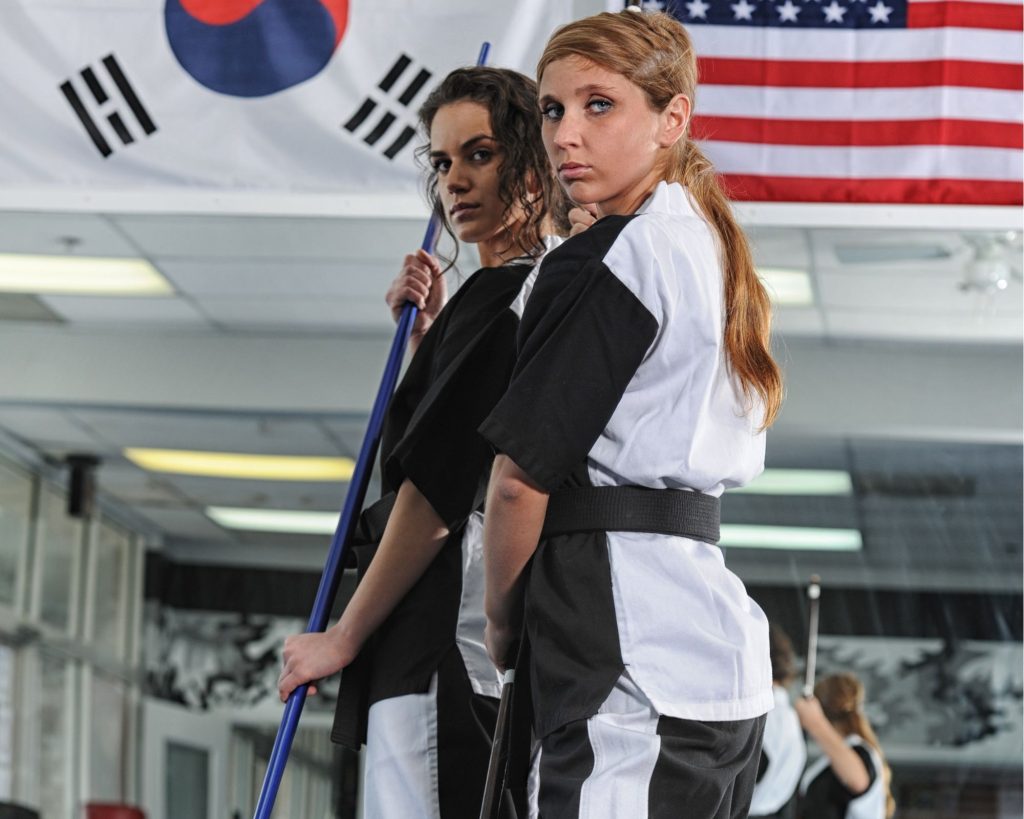
When considering martial arts weapons, the bo staff stands out for its simplicity and versatility in combat situations. The long reach of the 5-6 foot length of the bo staff provides an advantage in maintaining distance from assailants while effectively managing multiple adversaries with sweeping strikes and deft footwork.
While other weapons like the nunchaku, sai, or kama each boast unique abilities and advantages in particular scenarios, the fundamental nature of the bo staff lends itself to accessibility and ease of mastering key techniques employed across various styles and schools of thought within the world of martial arts.
Ultimately, determining whether the bo staff is superior to other options depends largely on the individual user's proficiency with their respective weapon of choice and personal preferences based on their fighting style and desired outcomes in encounters.
Regardless, the answer is clear: the bo staff is a simple yet powerful tool capable of inflicting severe harm, even death, in the hands of a skilled practitioner driven by the necessity to defend oneself or others from harm's way.
The Wrap-Up
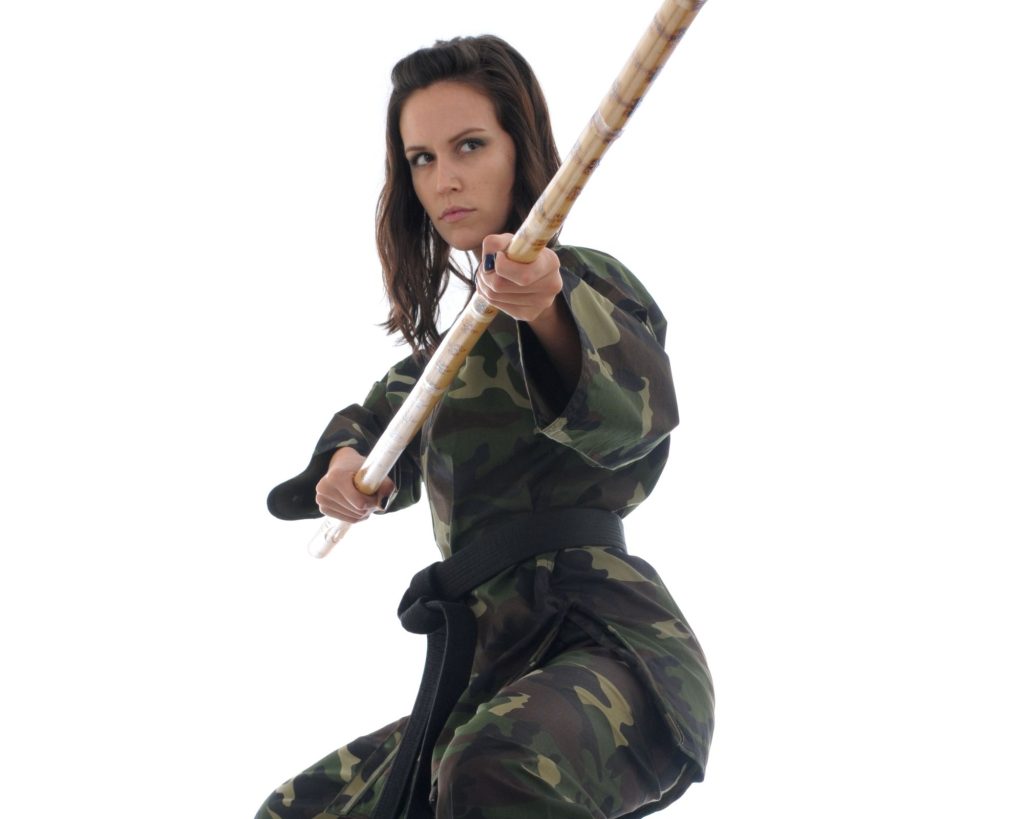
Throughout this article, we have explored the possibility of whether a bo staff can be used to kill someone.
It is evident that a bo staff, when used with sufficient force against vulnerable parts of an opponent's body, can easily result in life-threatening injuries, which can have serious consequences for both the victim and assailant.
The possible outcomes of such an attack can be severe, including skull fractures or traumatic brain injury, which can permanently affect mental and cognitive function.
Spinal cord damage can lead to paralysis and disabilities affecting mobility and the quality of life, and broken ribs can puncture the lungs or cause internal organ failure, leading to septic shock and ultimately death without prompt medical intervention.
It is essential to note that engaging in bo staff attacks carries legal implications as well, particularly in cases where excessive force is deemed warranted in a self-defense situation.
Laws vary by jurisdiction, but generally speaking, individuals are held accountable for their actions, even if they were initially the attacker or aggressor.
The line between justifiable homicide and manslaughter (or worse) is sometimes thin and blurry depending on the factors and evidence presented by the involved parties.
Therefore, it is crucial to understand the risks involved, both physically and legally, when using such methods in a public setting, which can potentially lead to a chaotic scene unfolding.
It is always better to avoid confrontations, if possible, and only use physical force when necessary for self-defense.
[author-box-jpx-fitness]
